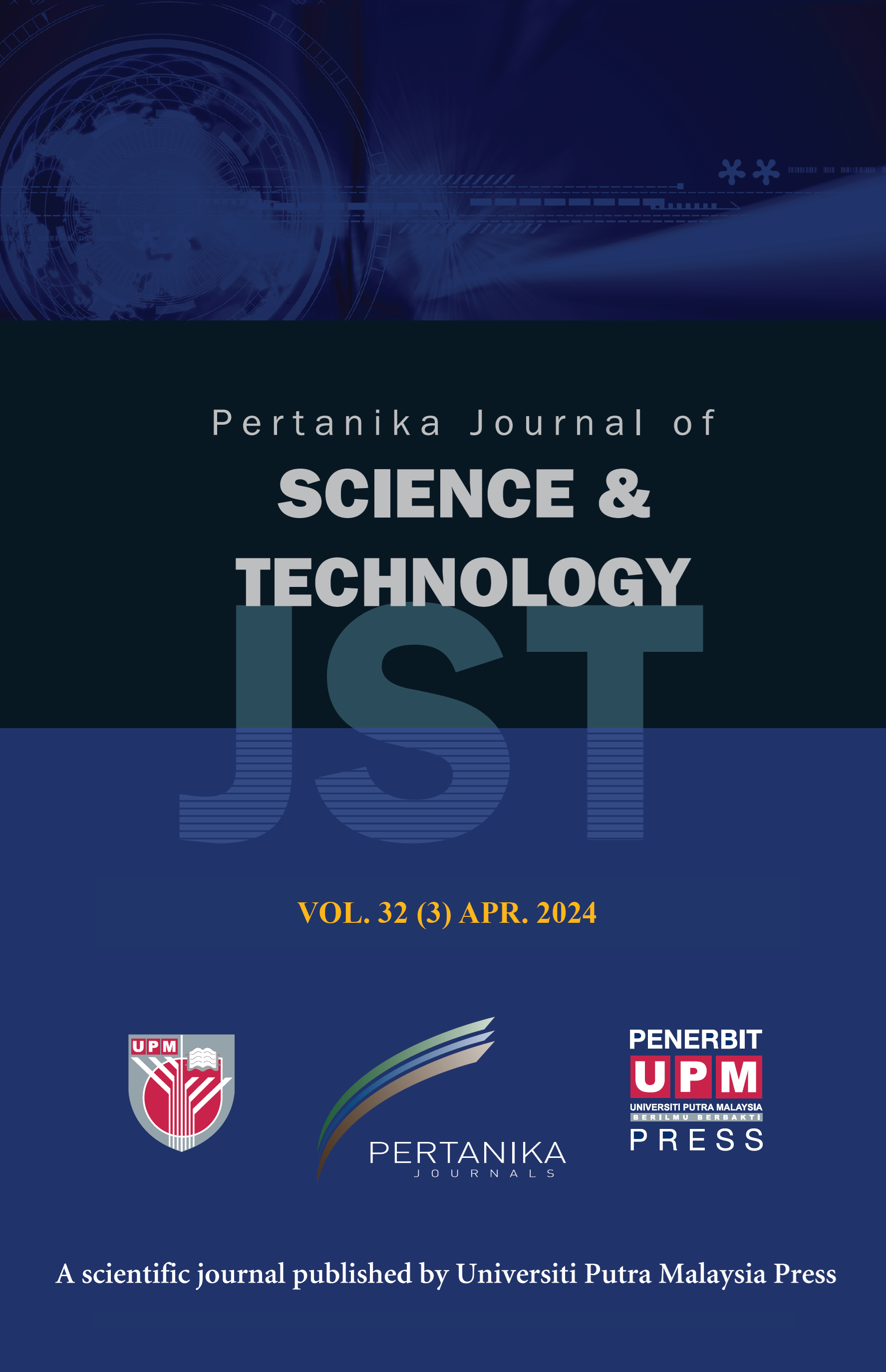PERTANIKA JOURNAL OF SCIENCE AND TECHNOLOGY
e-ISSN 2231-8526
ISSN 0128-7680
J
J
Pertanika Journal of Science & Technology, Volume J, Issue J, January J
Keywords: J
Published on: J
J
-
Ahmad, A. (1994). In theory: Classes, nations, literatures cultural studies. Verso.
-
Ali, T. (1992). Shadows of the pomegranate tree. Verso.
-
Ali, T. (1998). The book of Saladin. Verso.
-
Ali, T. (2003). The clash of fundamentalisms. Verso.
-
Anderson, B. (2006). Imagined communities: Reflections on the origin and spread of nationalism. Verso.
-
Ashcroft, B., Griffiths, G., & Tiffin, H. (2007). Postcolonial studies: The key concepts. Routledge.
-
Ashfaq, S. (2018). Representing the “Other”: Minority discourse in the postcolonial Indian English novel. South Asian Review, 39(3-4), 370-382. https://doi.org/10.1080/02759527.2018.1538731
-
Bertrand, L., & Petrie, C. (1934). The history of Spain. Eyre and Spottiswoode.
-
Carr, M. (2009). Blood and faith. C. Hurst and Co.
-
Chambers, C. (2011). British Muslim fictions: Interviews with contemporary writers. Palgrave.
-
Chambers, C., Phillips, R., Ali, N., Hopkins P., & Pande, R. (2019). ‘Sexual misery’ or ‘happy British Muslims’?: Contemporary depictions of Muslim sexuality. Ethnicities, 19(1), 1-29. https://doi.org/10.1177/1468796818757263
-
Chambers, I. (2008). Mediterranean crossings: The politics of an interrupted modernity. Duke University Press.
-
Chateaubriand, R. (1822). Travels in Greece, Palestine, Egypt and Barbary During the year 1806-7 (F. Soberly, Trans.). Van Winkle and Wiley. (Original work published 1814)
-
Cobb, P. (2014). The race for Paradise: An Islamic history of the Crusades. Oxford University Press.
-
Creswell, R. (2010, May 7). The Heretic and the Holy: Tariq Ali’s Histories of Islam. The National. https://www.thenational.ae/uae/the-heretic-and-the-holy-tariq-ali-s-histories-of-islam-1.519526
-
Dasenbrock, R. (2008). Tariq Ali’s Islam Quintet. In N. Murphy & W. Sim (Eds.), British Asian fiction: Framing the contemporary (pp. 11-32). Cambria Press.
-
Dirlik, A. (1999). Is there history after Eurocentrism?: Globalism, postcolonialism, and the disavowal of history. Cultural Critique, 42(Spring), 1-34. https://doi.org/10.2307/1354590
-
Egginton, W. (2010). The theater of truth: The ideology of (Neo) Baroque aesthetics. Standford University Press.
-
Ehrenkreutz, A. (1972). Saladin. Cambridge University Press.
-
Fanon, F. (1963). The wretched of The Earth (C. Farrington, Trans.). Groove Atlantic. (Original work published 1961)
-
Gamal, A. (2017). Rewriting strategies in Tariq Ali’s postcolonial metafiction. South Asian Review, 31(2), 27-50. https://doi.org/10.1080/02759527.2010.11932748
-
Gandhi, L. (1998). Postcolonial theory: A critical introduction. Allen & Unwin.
-
Kuhn, T. (1970). The structure of scientific revolution. University of Chicago Press.
-
Madden, T. (2004). The concise history of the Crusades. Rowman & Littlefield.
-
Malak, A. (2004). Muslim narratives and the discourse of English. State University New York Press.
-
Malik, W., Chandio, F., & Abdin, Z. (2013). Representation of Muslim women in Tariq Ali’s Shadows of the Pomegranate Tree. International Research Journal of Arts & Humanities, 41, 169-185.
-
Mander, H. (2002). Passing the buck. In K. Amrita & B. Prashun (Eds.), Least we forget: Gujarat (pp. 101-111). World Report and Rupa and Co.
-
Memos, C. (2017). The concept of “Crisis” in the thought of Cornelius Castoriadis. In G. Ricci (Ed.), The persistence of critical theory (pp. 119-136). Routledge.
-
Mohammad, Y. (2017). Reconfiguring European history and cultural memory in Jamal Mahjoub’s Travelling with Djinns. Journal of Commonwealth Literature, 52(2), 1-15. https://doi.org/10.1177/0021989415593402
-
Nerval, G. (2012). Journey to the Orient (C. Elphinstone, Trans.). Antipodes Press. (Original work published 1872)
-
Nyman, J. (2013). The novels of Jamal Mahjoub. Edinburg University Press.
-
O’Hanlon, R. (2000). Recovering the subject: Subaltern studies and histories of resistance in Colonial South Asia. In V. Chaturvedi (Ed.), Mapping subaltern studies and the postcolonial (pp. 72-115). Verso.
-
Prakash, G. (1990). Writing post-orientalist histories of the third world: Perspectives from Indian historiography. Comparative Studies in Society and History, 32(2), 383-408. https://doi.org/10.1017/S0010417500016534
-
Reinhart, K., & Richter, M. (2006). Crisis. Journal of the History of Ideas, 67(2), 57-400.
-
Said, E. (2003). Orientalism. Renguin. (Original work published 1978)
-
Saint, T. (2010). Witnessing partition: Memory, history, fiction. Routledge.
-
Slemon, S. (1990). Modernism’s last post. In A. Ian & T. Helen (Eds.), Past the last post: Theorizing post-colonialism and post-modernism (pp. 1-11). University of Calgary Press.
-
Spivak, G. (1999). A critique of postcolonial reason. Harvard University Press.
-
Tyson, L. (2006). Critical theory today. Routledge.
-
White, H. (2005). Introduction: Historical fiction, fictional history, and historical reality. Rethinking History, 9(2-3), 147-157. https://doi.org/10.1080/13642520500149061
-
Young, R. (2012). Postcolonial remains. New Literary History, 43(1), 19-42. https://doi.org/10.1353/nlh.2012.0009
-
Young, R. (2013). The postcolonial comparative. Publications of the Modern Language Association of America, 128(3), 683-689. https://doi.org/10.1632/pmla.2013.128.3.683
ISSN 0128-7680
e-ISSN 2231-8526




